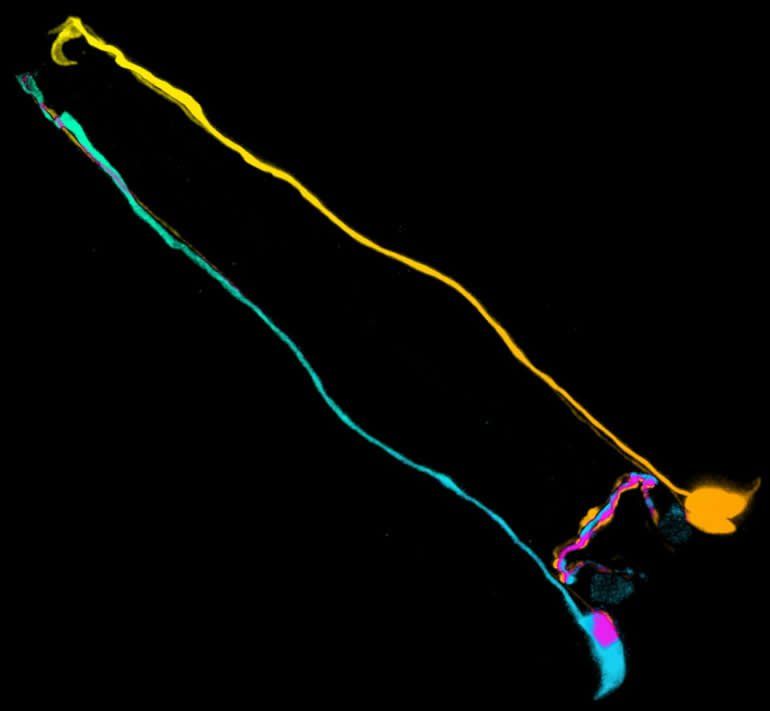Spokeswoman for Russia’s Ministry of Foreign Affairs Maria Zakharova, said at a briefing on Thursday that Russia is ready to continue to discuss space issues with the US. This discussion should operate within the framework of a bilateral expert group, commenting on the publication of the US Space Force doctrine by the Pentagon.
“The document confirms the aggressive direction of Washington in the sphere of space, the determination to achieve military superiority up to the total dominance in space. The outer space is considered by the American side exclusively as the arena to conduct warfare,” she said. “We see an opportunity to remove mutual concerns within the framework of the Russian-American working group on space security whose first meeting took place in Vienna on July 27 and we confirm our readiness to discuss further all issues of space activities in the bilateral format,” the diplomat added. The spokeswoman drew attention to the fact that the use of space research exclusively in peaceful purposes remains a priority for Russia as well as prevention of an arms race in outer space. “As opposed to the US, we do not pursue the goals of domineering and superiority. We are interested instead in maintaining the strategic balance in order to strengthen the international security.” She referred to the Russian-Chinese treaty draft on the prevention of stationing arms in space, use of force or threats against space objects. All existing issues and contradictions on the subject of arms in space should be resolved within the framework of the Disarmament Conference, the spokeswoman stressed. According to her, Russia thoroughly analyzes the possible consequences of “Washington’s aggressive endeavors.”
Spokeswoman for Russia’s Ministry of Foreign Affairs Maria Zakharova, said at a briefing on Thursday that Russia is ready to continue to discuss space issues with the US. This discussion should operate within the framework of a bilateral expert group, commenting on the publication of the US Space Force doctrine by the Pentagon.







